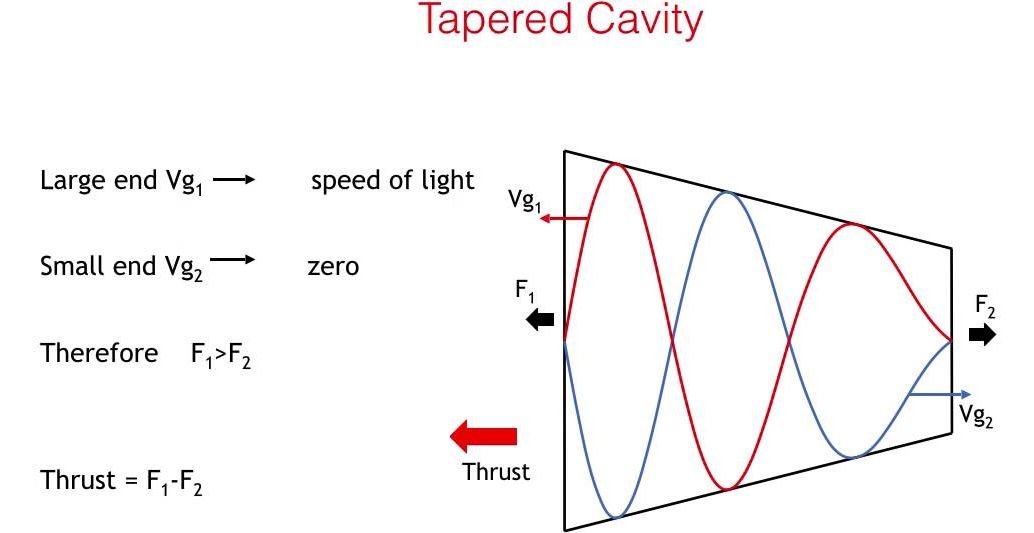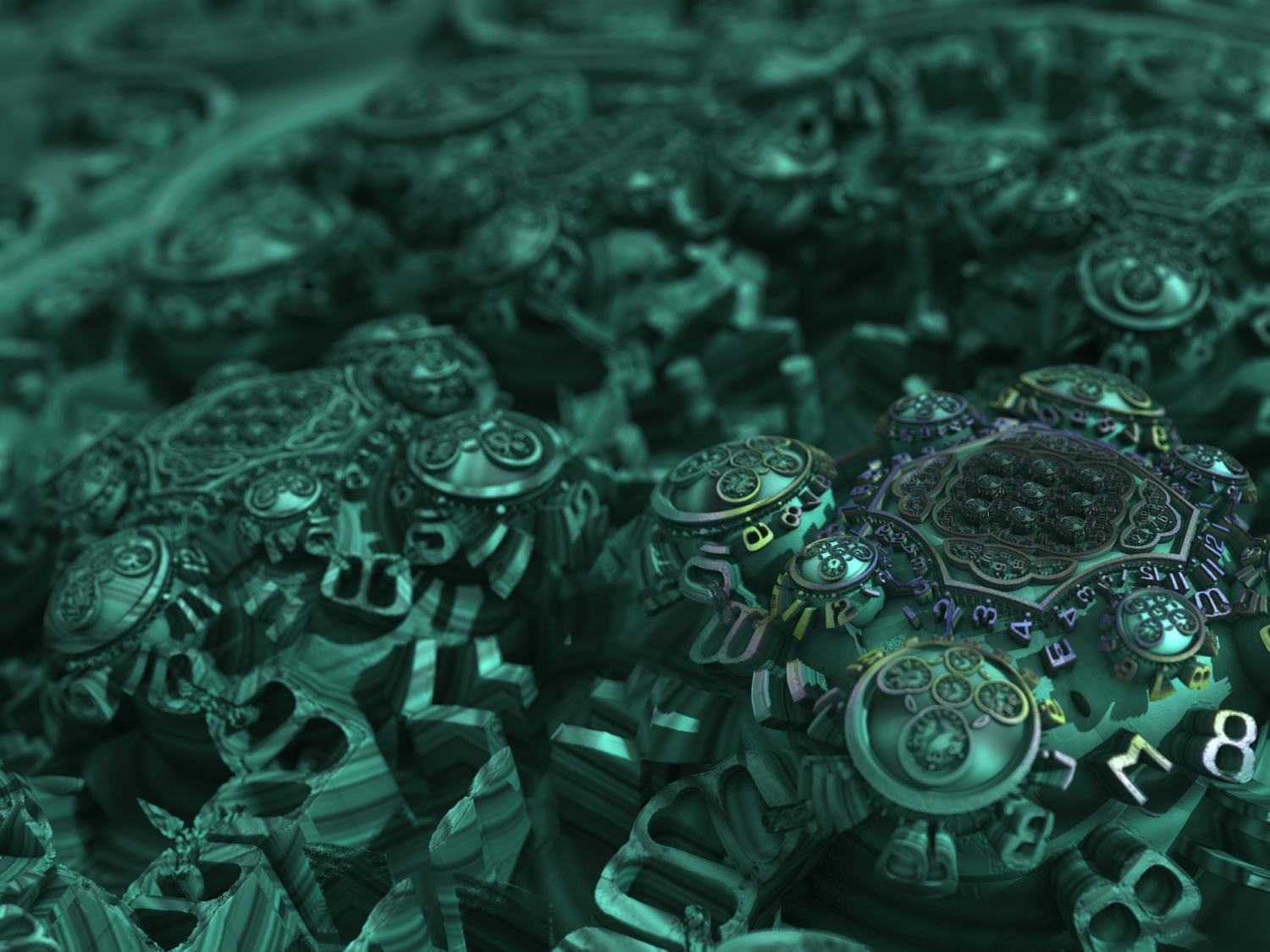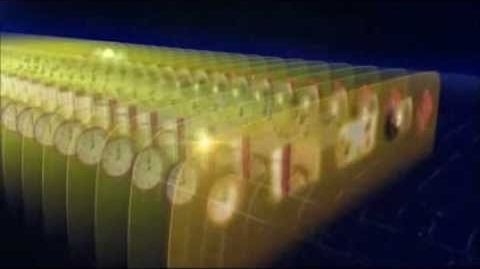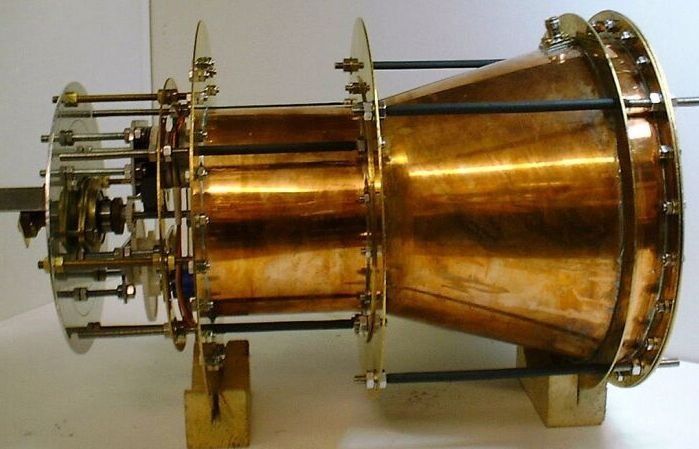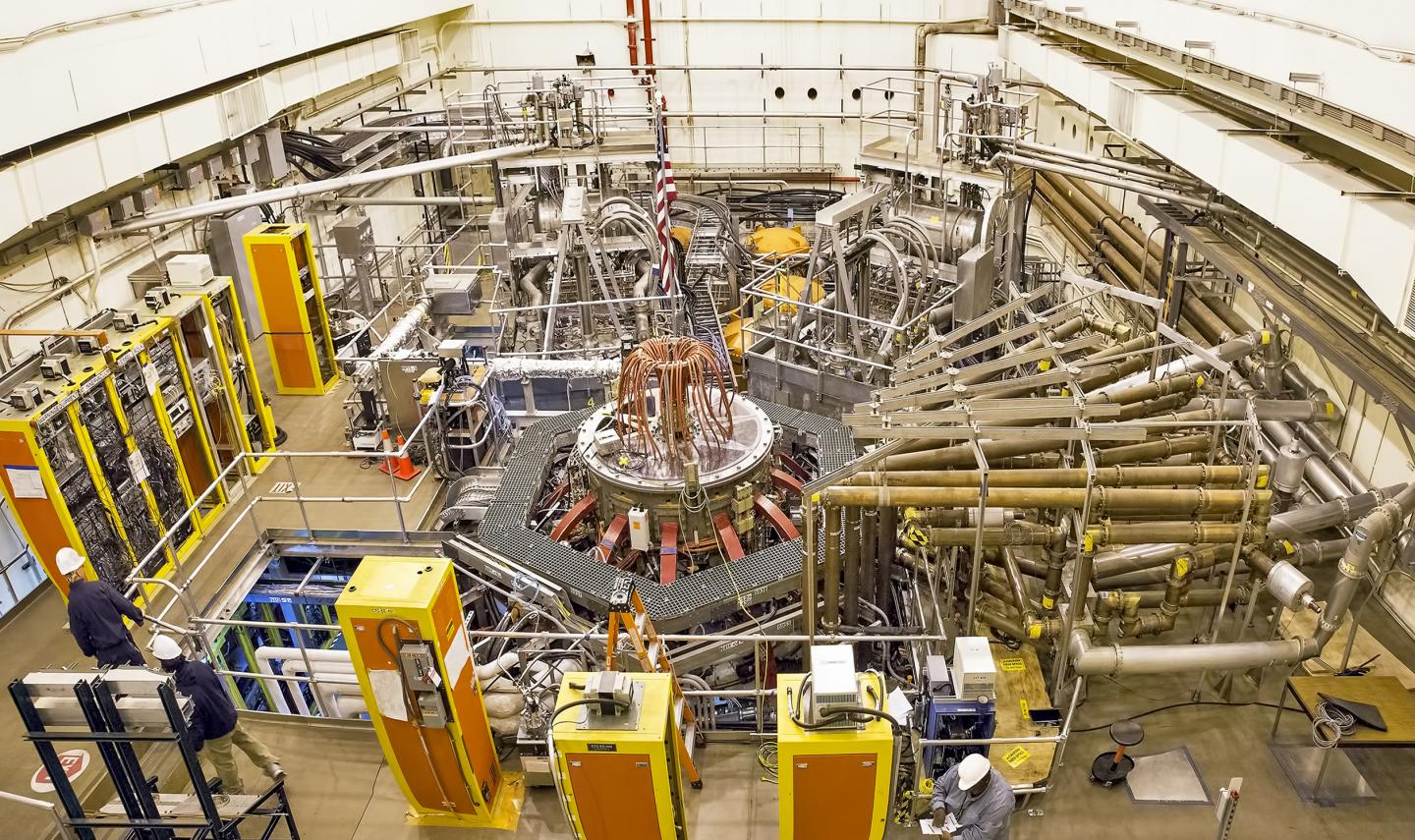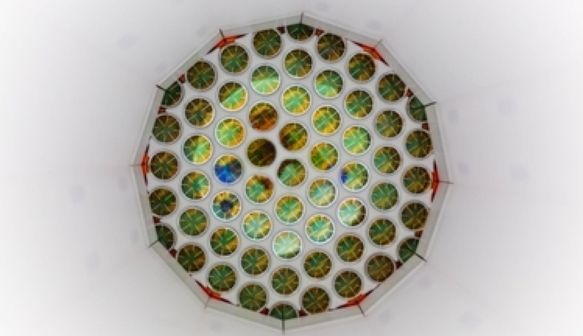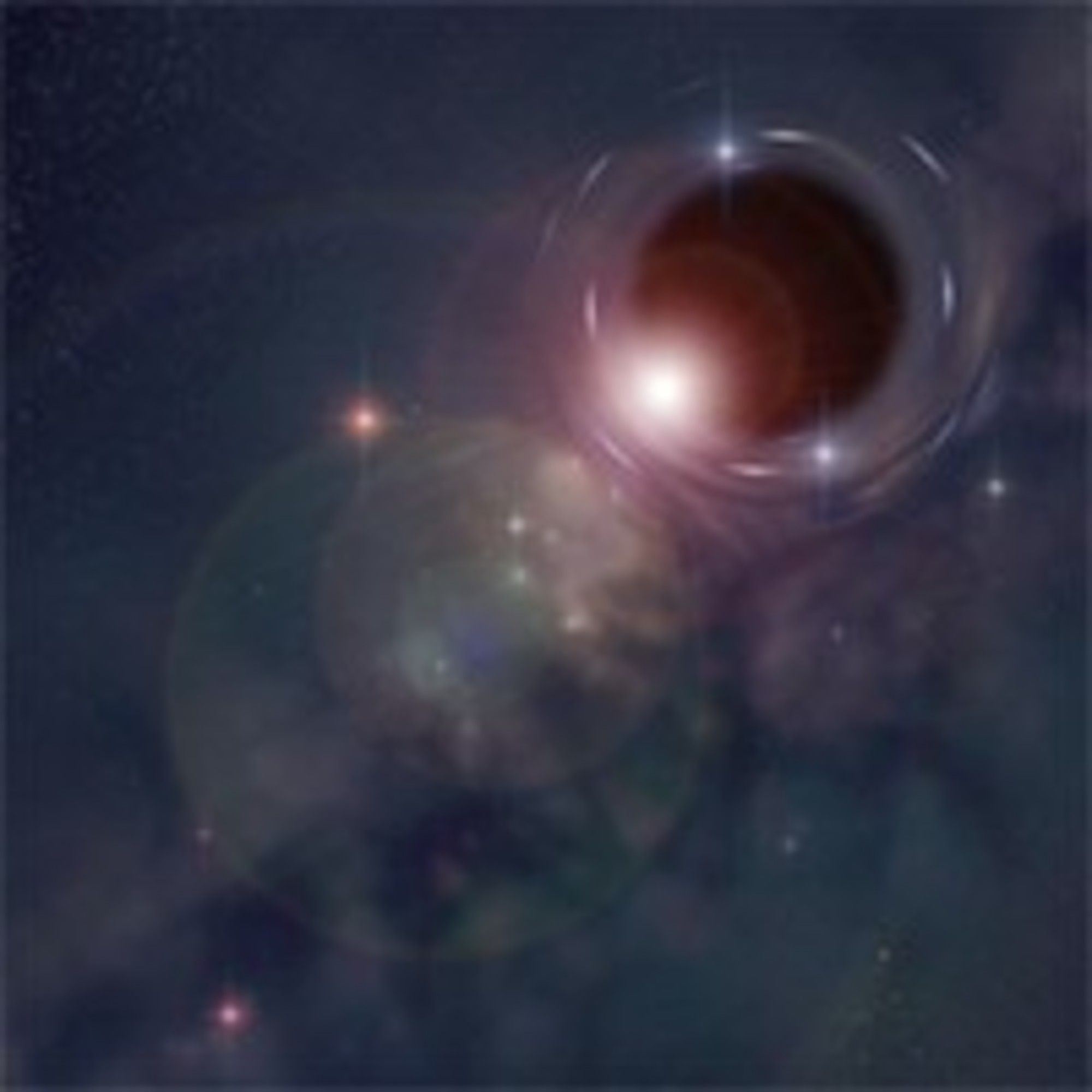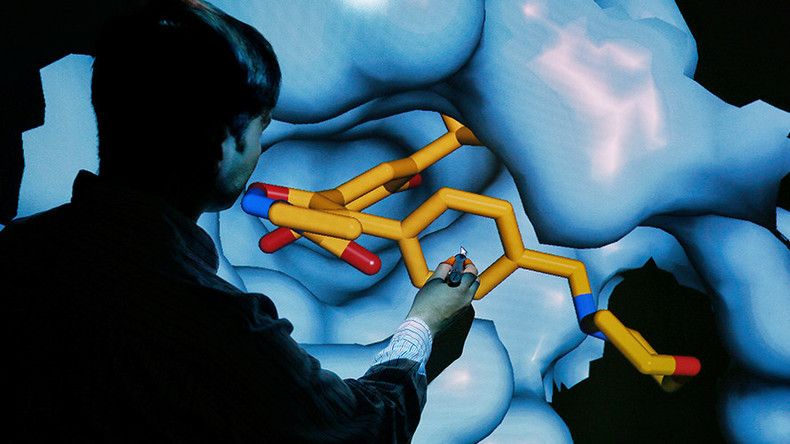Sep 9, 2016
Breaking Newton’s Third Law: Impossible Space Engine ‘The EMdrive’ Passes Peer Review
Posted by Shailesh Prasad in categories: physics, space travel
The EmDrive is a new type of rocket engine first proposed by British scientist/electrical engineer Roger Shawyer in 1999. Unlike conventional space rocket engines, the EmDrive doesn’t require any kind of propellant (also known as a reaction mass) to make propulsion possible, and hence partially disobeying Newton’s Third Law: “To each action there’s an equal and opposite reaction”.
Despite the fact that this seems to violate the known laws of physics, a prototype device was submitted to NASA’s Eagleworks lab for testing which came back positive, reports Digital Trends.
